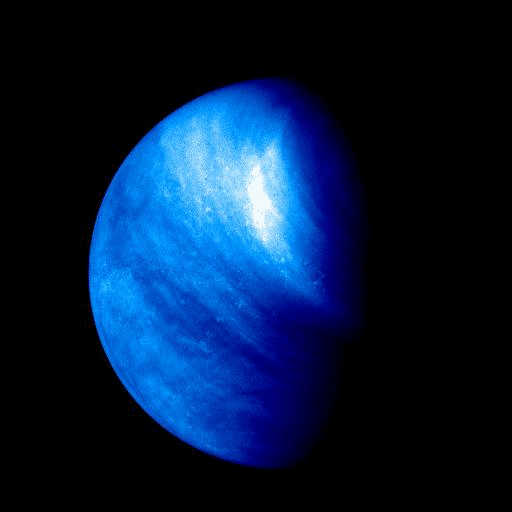“Now, Venus is an extremely hostile environment, and as such presents a lot of challenges for a science fiction author who wants to create life there. However, as I began to research it more thoroughly, I found myself intrigued by the possibilities the world offers.” -Sarah Zettel
Of all the worlds in our Solar System, Venus is perhaps the most like Earth. It's the closest to us in size, in mass, in orbit, and in elemental content. The biggest difference, of course, is Venus' atmosphere.
Over 90 times as thick as Earth's and composed of carbon dioxide and thick sulfuric acid clouds, the surface of Venus is at a constant 465°C (870 °F), making it the hottest planet in the Solar System. Yet we've both landed on the surface and imaged the entire world through its clouds, finding out exactly what the Venusian surface looks like.


